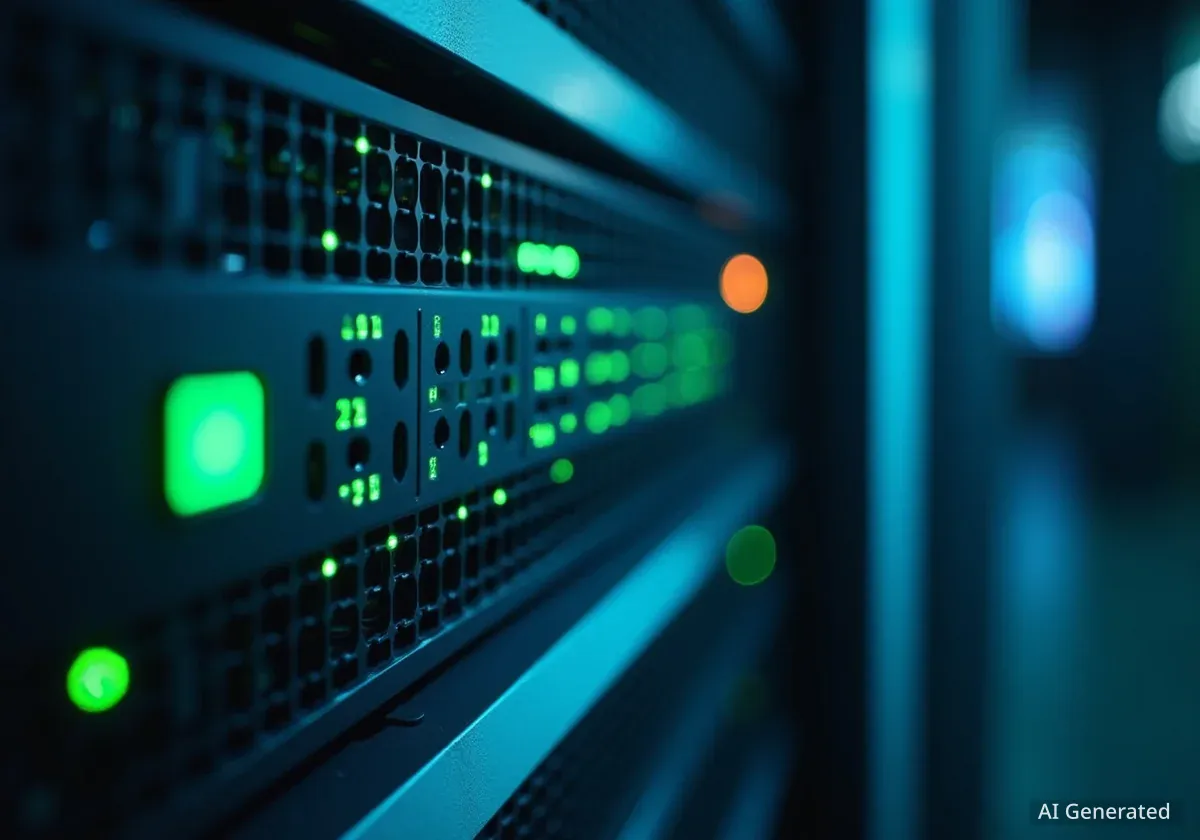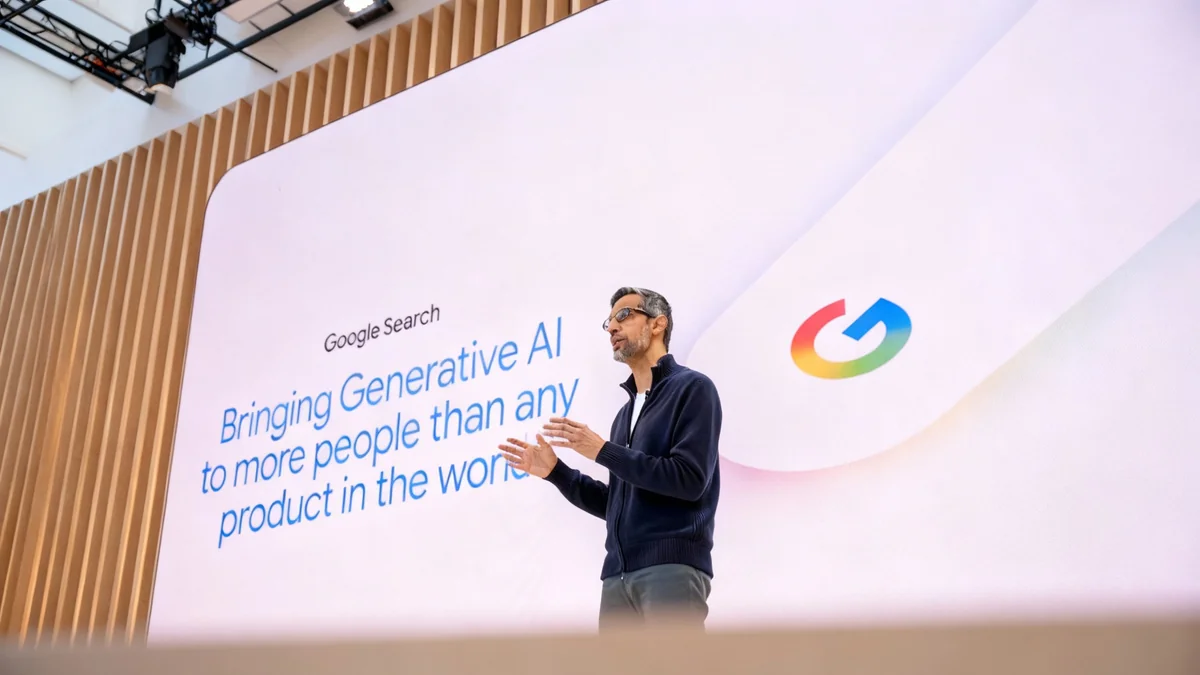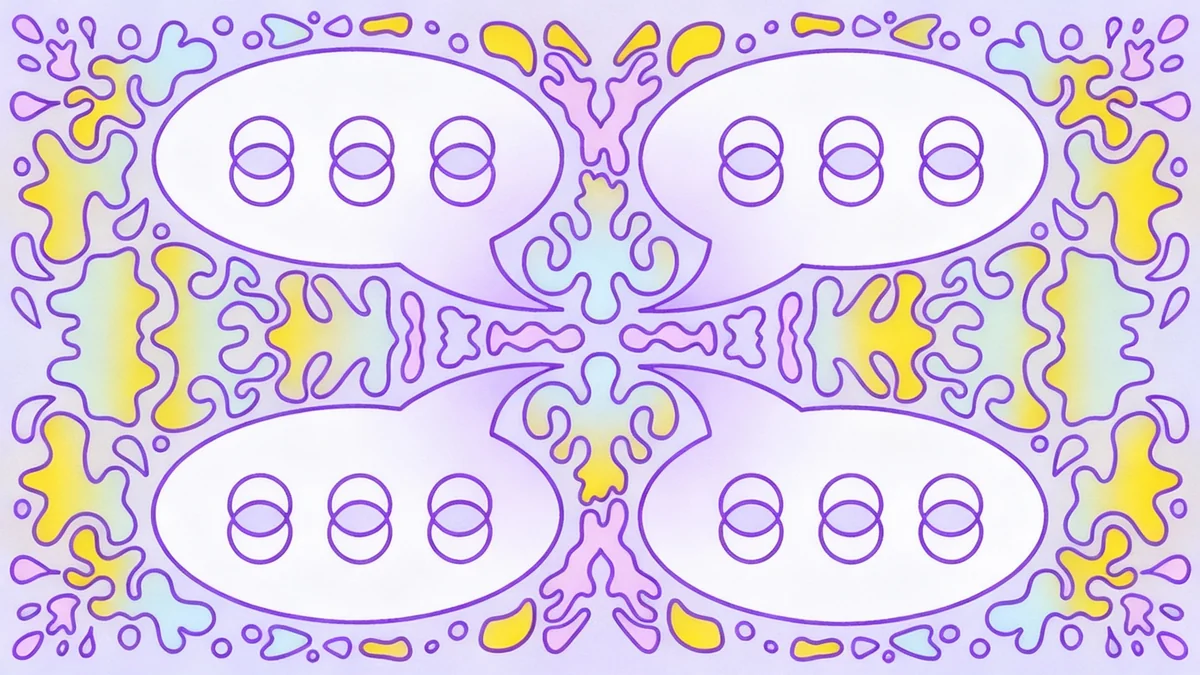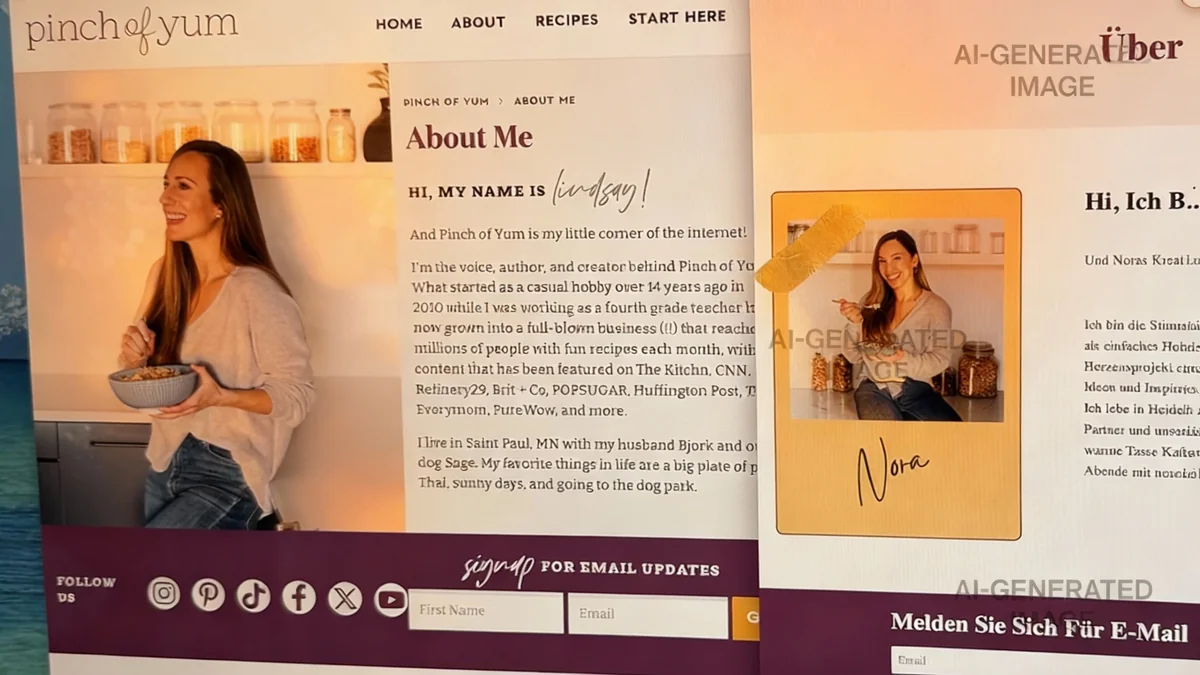Microsoft has announced the expansion of its Azure AI Foundry platform with several new OpenAI models designed for developers. The new releases include compact, efficient models for image, real-time voice, and audio generation, alongside significant safety and performance upgrades to its advanced GPT-5 models. These tools aim to make multimodal AI development more accessible and affordable for businesses of all sizes.
The new models, including GPT-image-1-mini, GPT-realtime-mini, and GPT-audio-mini, are scheduled to become widely available to most customers starting October 7, 2025. This launch is part of a broader set of updates that also includes the new Microsoft Agent Framework for building complex AI agent systems.
Key Takeaways
- Microsoft is launching three new 'mini' AI models on Azure AI Foundry: GPT-image-1-mini, GPT-realtime-mini, and GPT-audio-mini.
- The GPT-5 model series receives updates, with GPT-5-chat-latest getting enhanced safety features and GPT-5-pro offering advanced reasoning capabilities.
- The company also released the Microsoft Agent Framework, an open-source toolkit to simplify the creation of multi-agent AI systems.
- A future release of Sora 2 was teased, promising advanced video and audio generation through a single API.
New Compact Models for Efficient AI Development
A central part of the announcement is the introduction of three lightweight 'mini' models. These are engineered to provide powerful AI capabilities while using fewer computational resources, which can lower operational costs and speed up performance.
GPT-image-1-mini for Visual Content
The GPT-image-1-mini model is built for organizations that need to generate images quickly and at a large scale. Its smaller architecture allows for rapid text-to-image and image-to-image creation without requiring extensive hardware resources. According to Microsoft, this makes it suitable for deployment in environments with technical or budgetary constraints.
Key applications for this model include:
- Creating educational materials for online learning platforms.
- Designing illustrations for children's books and other visual narratives.
- Producing assets for video game prototypes.
- Speeding up the design process for website and application user interfaces (UI).
Built for Efficiency
The 'mini' models are specifically designed for high-speed inference, meaning they can produce results in real-time with minimal delay. This is critical for interactive applications like chatbots and live translation services.
Real-Time Voice and Audio with New Mini Models
For voice and audio applications, Microsoft introduced GPT-realtime-mini and GPT-audio-mini. These models are optimized for low-latency performance, enabling them to power real-time voice interactions.
Their resource-efficient design makes them ideal for scaling voice-based solutions affordably. Use cases include customer service chatbots that can respond instantly, live translation tools for global communication, and dynamic audio generation for media and entertainment.
"GPT‑realtime‑mini in Azure AI Foundry enables our customer to build voice solutions with lower latency, better instruction adherence, and cost efficiency—capabilities our customers value, driving shorter handle times, smoother dialogues, and faster time‑to‑value."
Upgrades to Flagship GPT-5 Models
In addition to the new mini models, Microsoft announced significant updates to its top-tier GPT-5 series, focusing on safety and advanced analytical capabilities for enterprise users.
Enhanced Safety in GPT-5-chat-latest
The latest version of GPT-5-chat-latest available on Azure AI Foundry now includes a more robust set of safety guardrails. These improvements are designed to better detect and manage conversations that could cause mental or emotional distress for the user.
Microsoft stated that this update reflects its commitment to responsible AI, ensuring that interactions are not only intelligent but also supportive and safe, particularly in sensitive situations.
GPT-5-pro for Complex Reasoning
For tasks requiring deep analysis and reasoning, Microsoft presented GPT-5-pro. This model is described as delivering "research-grade intelligence" suitable for complex business workflows. It uses a unique tournament-style architecture that explores multiple reasoning paths to arrive at the most accurate and reliable answer.
This makes it well-suited for demanding applications like advanced financial analytics, complex code generation, and critical decision-making processes within large organizations.
What is the Microsoft Agent Framework?
Announced alongside the new models, the Microsoft Agent Framework is an open-source toolkit for developers. It combines the foundations of Semantic Kernel with the multi-agent capabilities of AutoGen, providing a unified platform for building, testing, and deploying sophisticated AI agent systems that can handle complex, multi-step tasks.
A Look Toward Future Innovations
Microsoft also provided a glimpse into future developments, highlighting the upcoming release of Sora 2 on the Azure AI Foundry platform.
Sora 2 Promises Advanced Video Generation
Sora 2 is positioned as the next step in generative media, offering advanced video and audio creation capabilities through a single, unified API. Developers will be able to generate content with features like physics-driven animation, automatically synchronized dialogue, and the ability to insert specific people or characters (cameos) into videos.
This upcoming tool signals a move toward more immersive and complex generative AI experiences, extending beyond the current focus on text, images, and basic audio.
With these new models and frameworks, Microsoft is aiming to provide a comprehensive and scalable platform for developers. The focus on efficiency, safety, and advanced capabilities suggests a strategy to support a wide range of AI applications, from small-scale creative projects to large, mission-critical enterprise systems.





